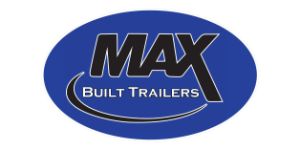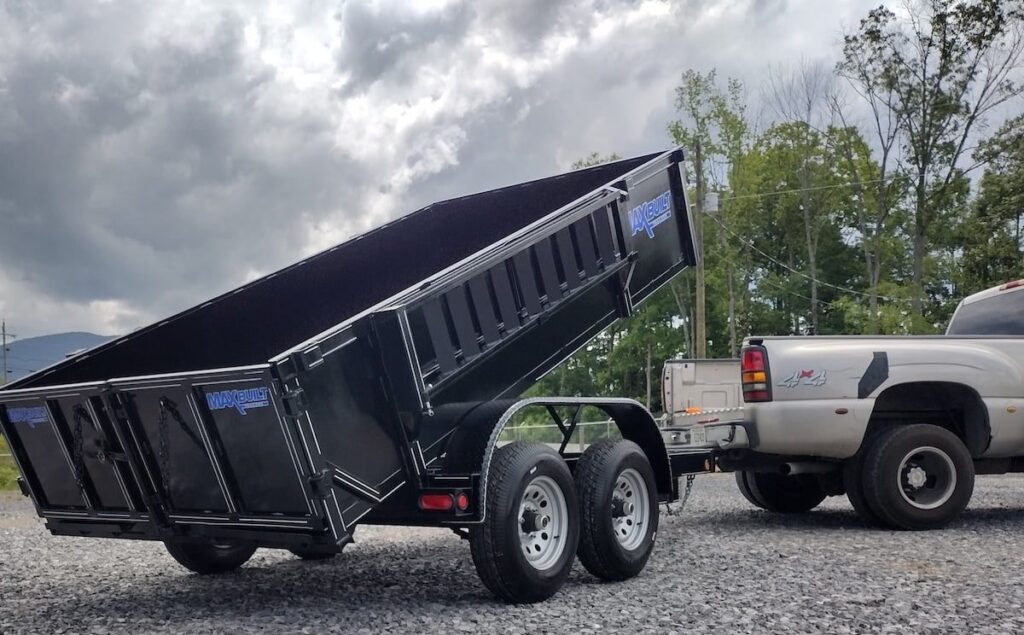Ensuring Safe Towing: Proper Attachment of Trailer Safety Chains to the Towing Vehicle
Trailer safety chains are a critical component of safe towing, providing an essential backup in case of a hitch failure. Properly attaching these chains to the towing vehicle is crucial for ensuring a secure connection between the trailer and the vehicle. In this article, we’ll explore the importance of trailer safety chains and guide you through the correct steps for attachment to enhance towing safety.
The Role of Trailer Safety Chains:
Trailer safety chains serve as a secondary connection between the trailer and the towing vehicle, acting as a safeguard in case the primary hitch fails. In the event of a separation or hitch malfunction, properly attached safety chains prevent the trailer from completely detaching—reducing the risk of accidents and potential damage.
Step-by-Step Guide to Attaching Trailer Safety Chains:
Choose the Right Chains:
Ensure that the safety chains are of sufficient strength to handle the maximum load capacity of the trailer. Refer to the trailer’s specifications for guidance.
Check Attachment Points:
Locate the designated attachment points on the towing vehicle. These are typically provided near the hitch or on the receiver.
Cross the Chains:
Cross the safety chains under the trailer coupler before attaching them to the towing vehicle. This forms a cradle to catch the tongue of the trailer if it becomes detached.
Attach to the Vehicle:
Securely connect each safety chain to the corresponding attachment point on the towing vehicle. This may involve using S-hooks, quick links or other approved connectors.
Maintain Proper Tension:
Ensure that the safety chains are neither too loose nor too tight. There should be enough slack to allow for turns without binding, but not so much that they drag on the ground.
Test Connection:
Perform a gentle pull test to confirm that the safety chains are securely attached and can support the weight of the trailer.
Crossed and Cradled:
Confirm that the safety chains are crossed and form a cradle under the trailer tongue. This configuration is designed to catch the tongue in case of a hitch failure.
Secure Loose Ends:
If the safety chains have excess length, secure any loose ends to prevent them from dragging on the road. This can be done using zip ties or other suitable restraints.
Additional Tips for Safe Towing:
Proper Length:
Ensure that the safety chains are of sufficient length to allow for turns without causing tension or binding.
Regular Inspection:
Periodically inspect the safety chains for wear, damage or signs of corrosion. Replace any compromised chains promptly.
Follow Manufacturer Guidelines:
Always adhere to the guidelines provided by Max Built Trailers regarding safety chain specifications and attachment points.
Conclusion:
Attaching trailer safety chains correctly is a fundamental aspect of safe towing. Following these step-by-step guidelines and adhering to manufacturer recommendations can contribute to a more secure towing experience, reducing the risk of accidents and maximizing the safety of both your trailer and those sharing the road with you. Prioritize the proper attachment of safety chains to enjoy worry-free towing and peace of mind on your journeys.
Legal Disclaimer: The information provided in this article is for general guidance purposes only. It is not intended as legal, safety, professional advice, or replacement for product manuals. Readers are advised to consult relevant authorities, manufacturers’ guidelines, and seek professional assistance for their specific circumstances and vehicles. The author and publisher disclaim any liability for actions taken based on the contents of this article.





